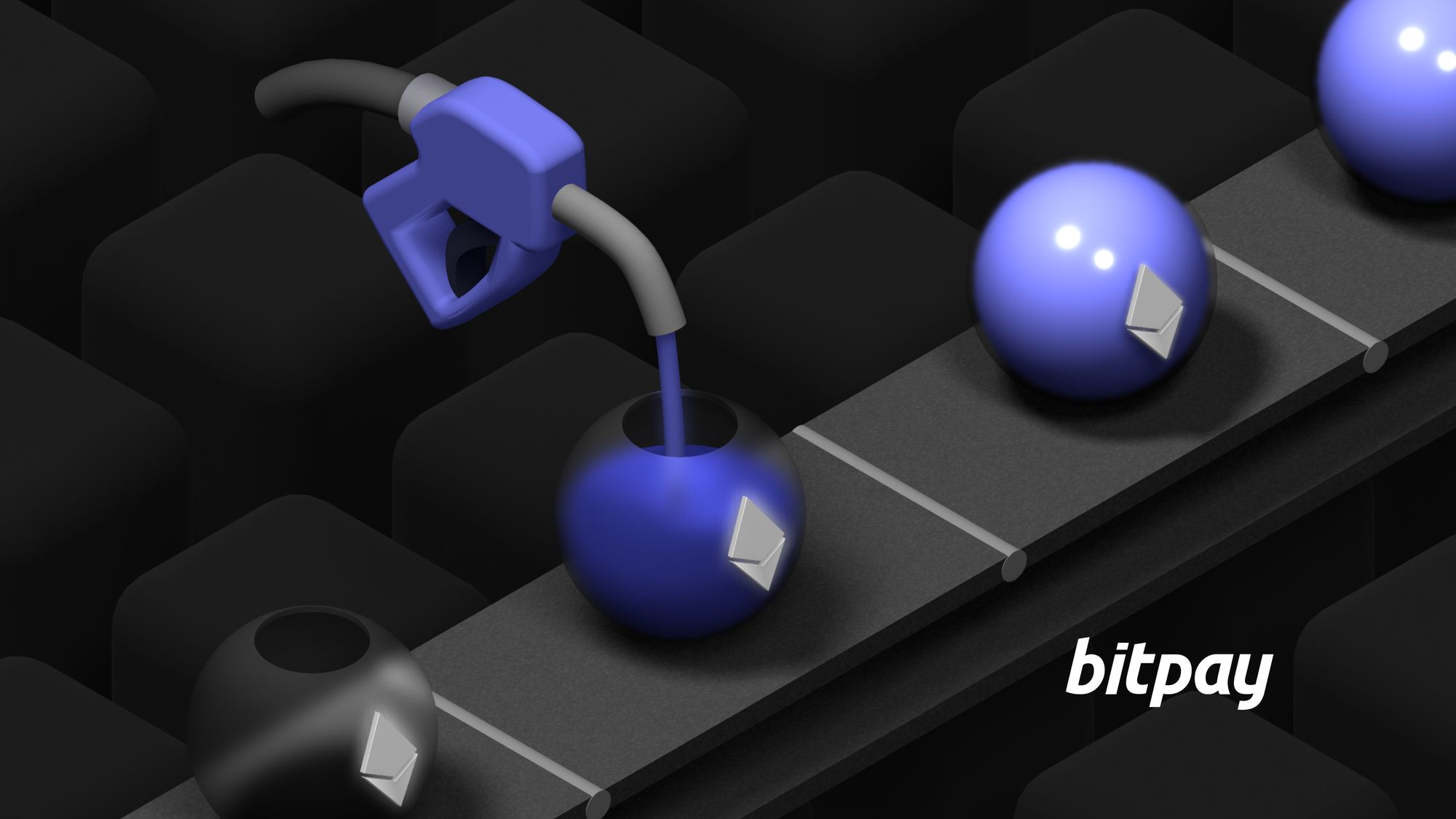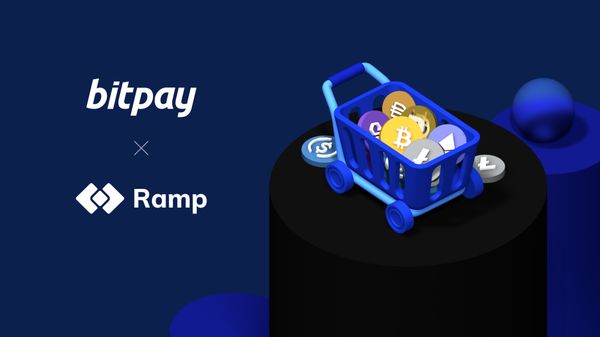Ethereum gas fees are transaction fees paid to stakers for processing transactions. In a nutshell, gas fees make the Ethereum network and any decentralized application built on it “go” the way fuel powers a vehicle. Several elements affect how much you’ll pay in ETH gas fees for a given transaction, including network congestion, gas limit, gas price, contract complexity, Ethereum network upgrades and exchange rates. Certain strategies can also help you save on your ETH fees, like transacting during low-traffic times and adjusting your wallet settings.
Understanding Ethereum (ETH) gas fees is a critical step to using the Ethereum network effectively. In this post, we’ll cover the basics of Ethereum gas fees, including what they are, how they're calculated and how to spend less on them. Plus, how layer 2 solutions like Polygon and future technologies could affect fees in the future.
In this article
- What are Ethereum gas fees?
- Factors impacting gas fees
- How are gas fees calculated?
- Eth gas fees vs other cryptocurrencies
- How to minimize Ethereum gas fees and save money
- How future ETH/Crypto Developments will affect gas costs
- Wrap up on ETH gas fees
What are Ethereum gas fees?
On the Ethereum network, gas fees are transaction fees paid to stakers for processing transactions. When performing actions on the Ethereum network, known as “operations”, such sending ETH or using a smart contract, gas fees serve to compensate stakers for their efforts in validating transactions and helping maintain the network. These fees are paid in gwei, which is a tiny fraction of an ETH. To be precise, one ETH is equal to one quintillion wei, which is a 1 with 18 zeros after it. The most common way to represent gas fees is in gigawei, which is equivalent to one billion wei.
Factors affecting gas prices
The main factors that impact how much gas you’ll pay are network congestion, the complexity of the action you’re taking and the urgency of your transaction.
Think of Ethereum gas fees like surge pricing on Uber. When lots of people are using the network, gas prices tend to go up, making transactions more expensive. To address this, Ethereum created a new pricing system called EIP-1559 that sets a "base fee" to keep gas prices more predictable. This way, you won't be as likely to get hit with a surprise spike in fees when the network is busy.
How are Ethereum gas fees calculated?
Gas fees are made up of two components: the gas price and the gas limit. The gas limit is the maximum amount you're willing to spend and the base fee rate is how much it'll cost per unit of gas. You can also choose to add a tip if you want stakers to prioritize your transaction and push it through the network faster. All that adds up to your total fee.
To calculate gas fees, use the following formula
Let's say you want to send 1 ETH to a friend on the Ethereum network. The gas limit for this transaction is 21,000, which is the default for simple Ethereum transactions. You decide to set the gas price to 100 gwei, which means you're willing to pay 100 gwei for every unit of gas used in the transaction.
To calculate the gas fee for this transaction, you simply multiply the gas limit (21,000) by the gas price (100 gwei), then convert the result to ETH.
2,100,000 gwei = 0.0021 ETH
So the gas fee (aka miner fee) for this transaction is 0.0021 ETH. Keep in mind that more complex transactions, such as executing a smart contract, may incur a higher gas fee than doing something simpler, such as sending ETH from one wallet to another. It's also important to ensure that you're paying enough in gas for the transaction to be processed promptly and successfully.
Comparison of Ethereum gas fees with other cryptocurrency transaction fees
Ethereum gas fees tend to be higher than transaction fees incurred on other blockchains due to the complexity of the network. However, this complexity also makes Ethereum more versatile for a wider range of uses. This versatility, coupled with Ethereum’s history as a major player with “blue-chip” value in the crypto world, make the potentially higher gas fees worth it to many users.
How to minimize Ethereum gas fees and save money
Want to save on gas fees? Here are they top ways to transact with ETH and save.
Pick your transaction times carefully
When it comes to Ethereum gas fees, timing matters. If you don't need an immediate transaction, it's worth watching the network and waiting for any high-traffic times to pass. This is because more people on the network means higher gas fees and slower processing times, unless you’re willing to pay a handsome fee to push your transaction through faster. According to gasprice.io, a handy resource for checking real-time gas fees, gas prices usually peak sometime between 8 a.m. and 1 p.m. Eastern Time. Saturdays and Sundays are usually the cheapest days to transact in ETH. A good rule of thumb is that the cheapest time to make ETH transactions is typically outside of working hours in the U.S. and Europe.
Adjust fee settings in your wallet
BitPay Wallet users have the ability to update their default fee settings, allowing ETH users to raise or lower their fees depending on the urgency of the transaction.
To change your default transaction fee settings, follow these steps:
- Tap on the Settings icon from the BitPay app home screen
- Under the Crypto section, select Network Fee PoliciesChoose between Low (within 5 mins), Medium ( within 2 minutes) or High (ASAP)
Wallet users can also adjust their Gas limit on a per-transaction basis. This can come in hand if you need to make an especially urgent transaction, while other times keep non-urgent transactions at a low gas limit.
- Once you’ve reached the transaction confirmation screen, tap on the “Gas limit” line item.
- A window will appear allowing you to edit the gas limit. Enter in your preferred gas limit.
- After entering your Gas limit, your new total ETH transaction fee will appear.
Consider alternative ETH scaling solutions
Polygon (MATIC) is an alternative ETH scaling solution that offers a more affordable way to process transactions than the Ethereum network. It's an ideal option for frequent or large transactions as it's faster and more cost-effective than Ethereum's mainnet. BitPay supports ETH on the Polygon Network for paying invoices, buying gift cards and loading the BitPay Card, making it an efficient way to spend ETH with lower fees.
Compare rates when buying ETH or ERC-20 tokens
BitPay shows rates from multiple partners to make sure you get the best price when buying crypto. BitPay simplifies the process of buying Ethereum or ERC-20 tokens by showing multiple partner rates in one place. BitPay adds a “Best Offer” flag to help our customers sniff out the best deal presented by our marketplace partners.
How future ETH/Crypto Developments will affect gas costs
Gas fees on the Ethereum network are governed by supply and demand. ETH gas fees go up when there's high demand for transactions on the network. There are also other things on the horizon that could affect future Ethereum gas fees, such as the following:
- Layer 2 solutions: Off-chain processing through layer 2 solutions can help reduce the load on the Ethereum mainnet, which could lead to lower gas costs in the future. L2 solutions for Ethereum like Arbitrum, Optimism, zkSync Era and Base (forthcoming from Coinbase) continue to gain steam among users and merchants accepting ETH.
- DApps adoption & growth: With the rise in adoption of DApps, there's been an increase in demand for transactions, which could result in higher gas costs. But don't worry: Layer 2 can help offset this, ensuring gas fees either increase more slowly or even drop.
- Competing blockchains: Blockchains like Avalanche and Polygon are increasing in popularity because of their low rates. As more users move to alternative blockchains like these, network traffic on Ethereum is likely to decrease, which will in turn drive gas fees down.
Wrap up on ETH gas fees
In summary, Ethereum gas fees are the “fuel” of the Ethereum network, which makes understanding them crucial to getting things done on the network. By following a few simple tips, like waiting around for low-traffic times before sending a transaction, adjusting fee settings in your wallet, shopping around for rates and leveraging scaling solutions like Polygon, you can save on gas fees and ensure all of your transactions are processed quickly and easily.
Recap of key points
- Ethereum network stakers are compensated in transaction fees, called gas fees, for processing transactions.
- When demand is higher on the Ethereum network, ETH gas fees go up. The network demand and transaction complexity determines the cost of gas, which makes waiting around for low-traffic times a good way to save money on gas fees (generally Sundays, or at times outside of working hours in the U.S. and Europe.)
- Gas prices and gas limits, plus any tips added to ensure a faster transaction, decide how much your transaction will cost.
- When buying ETH, leverage BitPay’s “Best Offer” to get the best possible rate on your ETH purchases while paying the fewest fees.
- Fees on the Ethereum network tend to be a bit higher than on other blockchains, so using ETH scaling solutions like Polygon can help you save money on transaction fees.
- Overall, if you want to save as much as possible on ETH gas fees, try changing the timing of your transaction, changing fee settings in your wallet, shopping around for rates and exploring scaling solutions.


